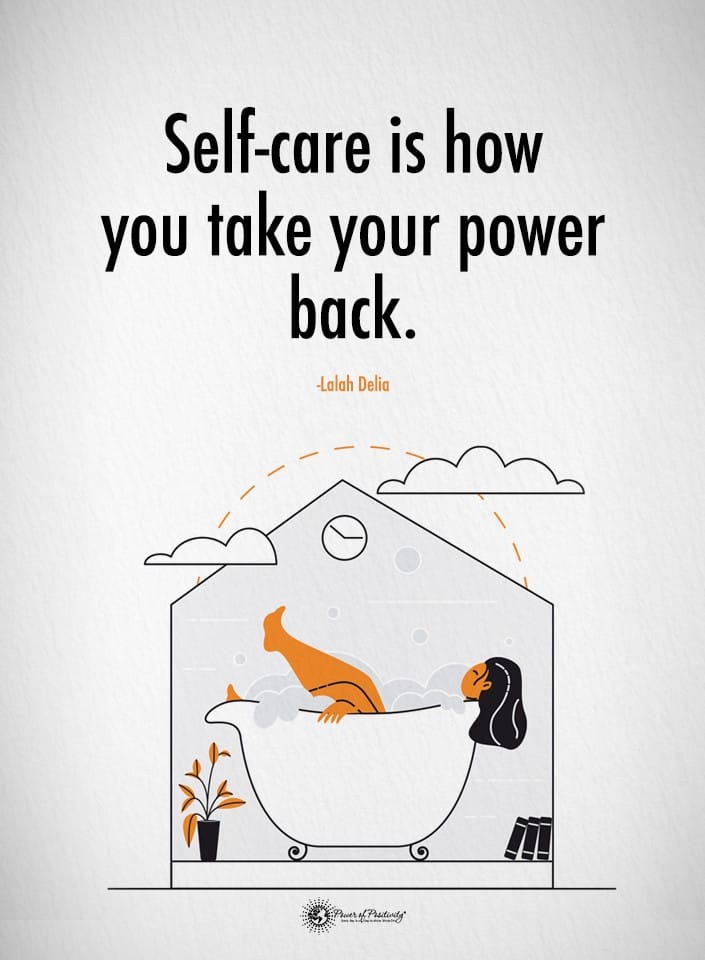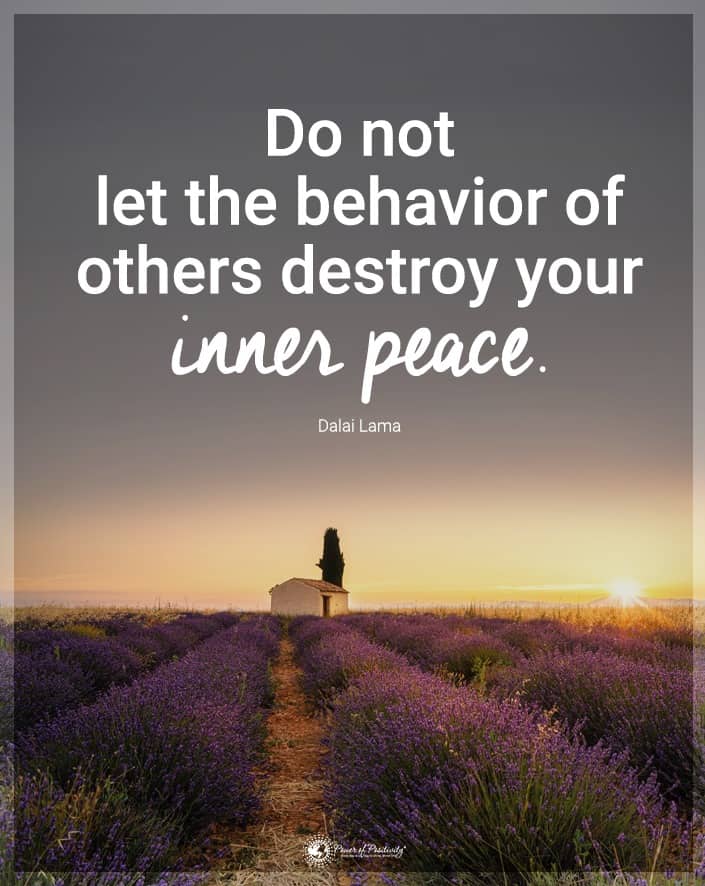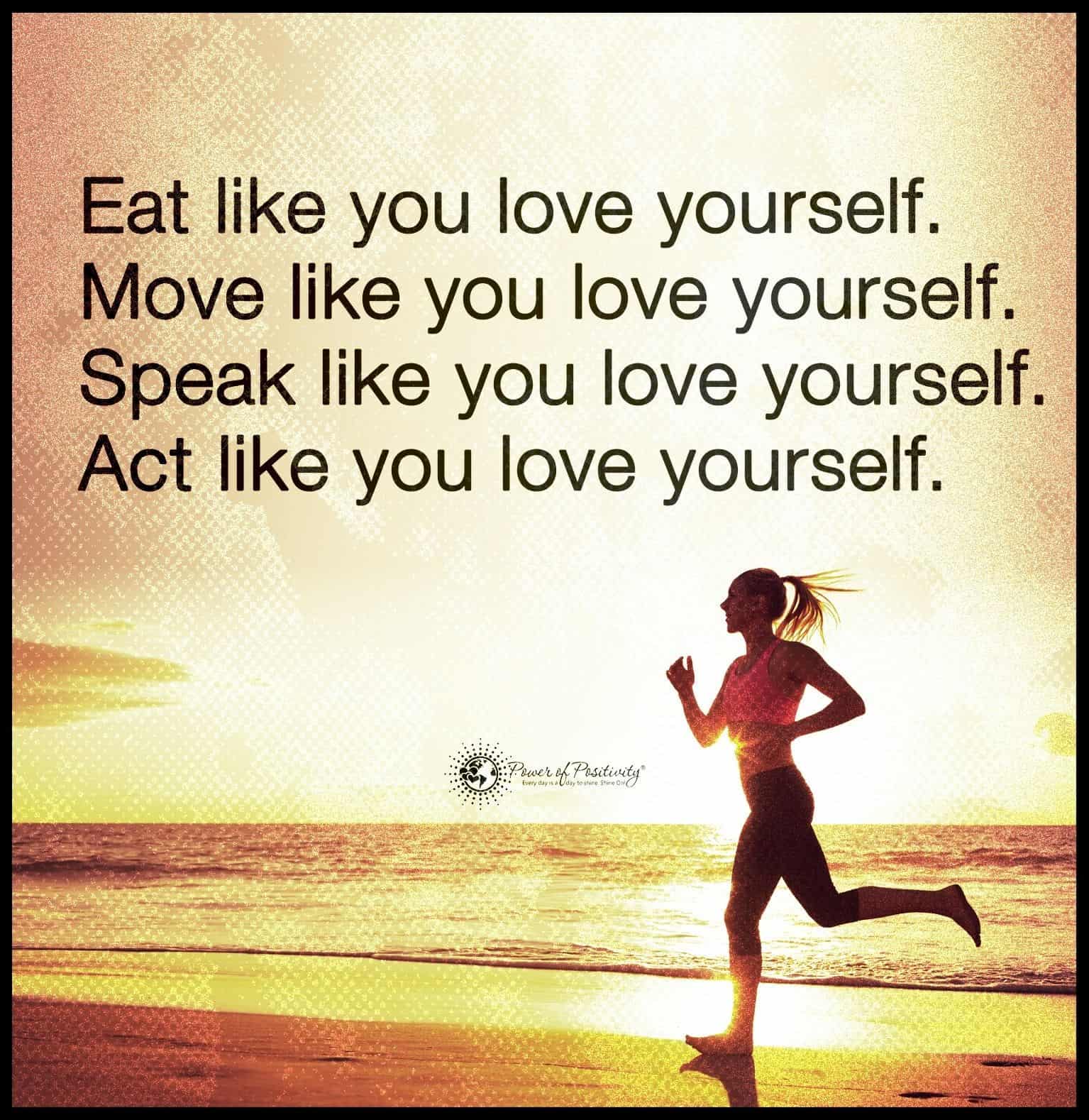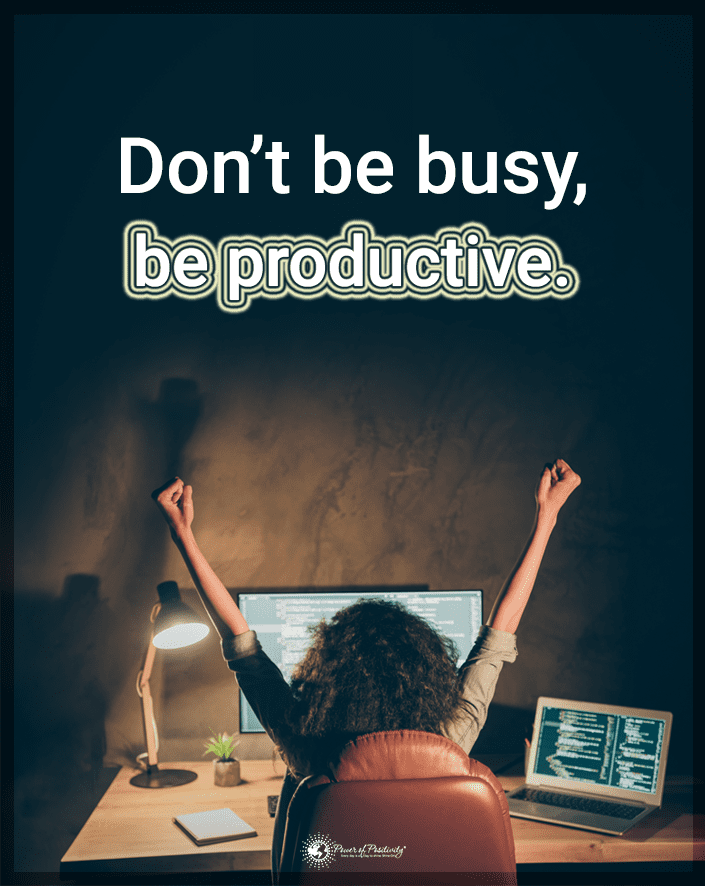Many restaurants stay open well into the night, but one Michigan eatery closed its doors early due to abusive patrons. Larah Moore, the general manager of East Park Tavern in Charlevoix, called it a night when a server broke down in tears. Customers, including tourists, had been unruly that night, and the employee couldn’t take any more abuse.
“She was crying. And I just kind of took my kitchen manager to the side, and we both decided we had enough,” Larah Moore told TODAY in an interview.
Even though it was the restaurant’s busiest week of the year, Moore put her employees first and protected them from abusive customers. Nearly 100,000 tourists (whom Michigan natives call “fudgies”) from around the globe arrived in town for the annual Venetian Festival. The eight-day-long celebration includes food, games, rides, fireworks, a parade, and other festivities. Usually, it’s an exciting, happy time for customers and employees at the tavern.
“Everybody in town is there to celebrate and have a good time, and it usually rubs off on your restaurant staff or, you know, just about any other business in town. We all try to keep good spirits up. It’s a fun time for everybody, or at least it’s supposed to be,” Moore said.
Locals and “fudgies” rave about the East Park Tavern, describing it as a “down-to-earth neighborhood haunt.” It’s a popular spot to grab delicious food and drinks during the festival. As a twelve-year veteran in the food industry, Moore knows that tourists can get pretty rowdy. However, she had never before encountered so many abusive, rude people at the eatery.
After talking with the staff, she decided to close shop at 9 PM on a Saturday evening, one hour earlier than usual. She hung a sign on the host stand explaining why they stopped serving patrons.
Manager Closes Restaurant to Save Staff From Abusive Patrons

It read:” Due to mistreatment of our servers, our kitchen is closed.” She also shared a photo of the sign on Facebook and wrote a detailed post about the closure.
“I’ve worked in downtown Charlevoix most of my adult life during Venetian. It’s usually great, busy, but fun and worthwhile,” wrote Moore. “I’m so incredibly disappointed and embarrassed by the Fudgies we have this year. My staff took a BEATING all week. Last night was our last straw. Too many rude comments, too many arrogant individuals acting like they can throw money at us to get their way. Too many cocky jerks.”
“No one gets to treat my staff like trash,” she continued. “They are the absolute shining stars in my life, and I love and appreciate the hell out of the few of them that I am lucky enough to have. If you push your servers, watch them start to push back. We are here to ensure great food, drinks, and quality of your time spent with us. We are not here to be abused, we will not tolerate that anymore.”
However, Moore said that not all the patrons were abusive toward staff. Many of the customers acted friendly and treated the servers with respect. She decided to share a note that one of the kind patrons left for their waitress.
“Thank you so much for being such a phenomenal waitress, even though you had so many other tables. Have a blessed night. We really appreciate all you do!” the message for one of the servers read.
The post went viral a few days after the incident, amassing over 9,000 shares and 6,000 likes. Many Facebook users said they supported her decision to close the restaurant early. Several locals even agreed that the Venetian crowd seemed more disorderly than usual.
Moore Hopes the Incident Reminds People of the Golden Rule
“We have had a really difficult tourist season here too. People have just been a whole different breed this year! It’s insane,” one person said about the abusive patrons.
“I’m angry/sad for you and your coworkers, embarrassed for Charlevoix, and completely enraged that grown adults think they can act like children with daddy’s money throw fits and get what they want. You’ve put up with so much already I can’t imagine how truly awful it was to make this decision!!” another user wrote.
But not everyone sympathized with the staff at East Park Tavern. Some commenters called Moore and her staff lazy for closing up early. Of course, Moore vehemently disagreed, saying they gave 100% that night as they always do.
She told TODAY that many factors contributed to her refusing service to abusive customers. Patrons had been discourteous all week, and when one of them made a server cry, it was the last straw.
“People need to realize how much the service industry folks give up to be there to perform that job,” said Moore, reminding patrons that servers are human too. “To do it every day with a smile on their face, even when they feel like nobody cares and nobody appreciates them… Somebody cares about that person that’s waiting on you just as much as you care about the people you have at your house. And I don’t feel like you would go to your mom’s house and treat her like trash when she serves you a meal,” she added.
Moore hopes that if the public learns any lesson from the incident, it’s to treat everyone with basic decency.
“The ‘professional’ choice probably would have been to simply have a sign that said: ‘Our kitchen is closed for the evening,'” Moore told TODAY. “But I felt like people needed to be aware of what was happening. People needed to be aware of their actions and how they impact others.”
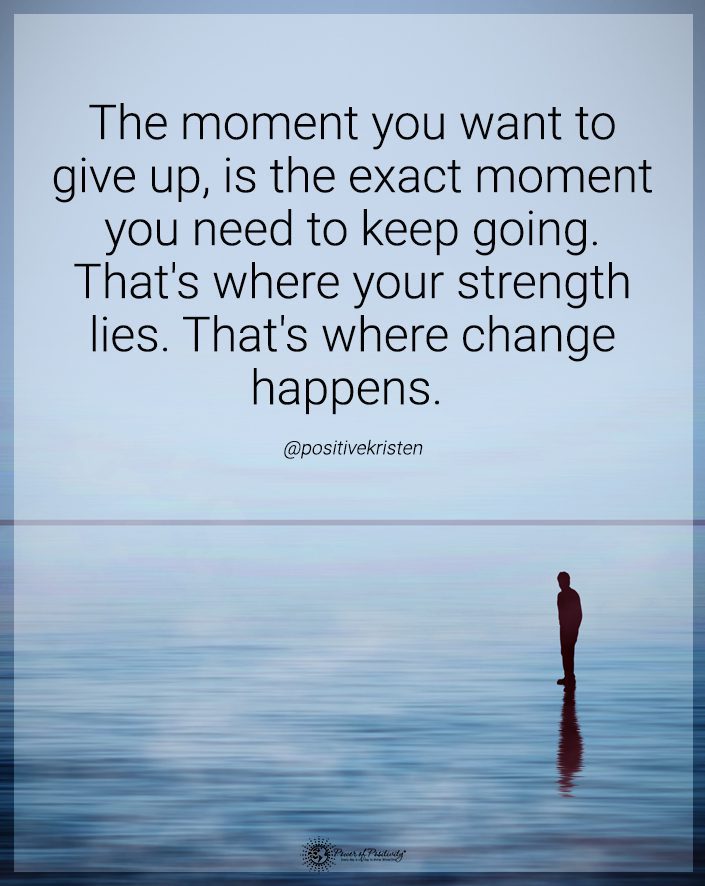
Final Thoughts on a Michigan Restaurant Manager Protecting Staff from Unruly Tourists
The East Park Tavern in Michigan sees a huge uptick in business thanks to the yearly Venetian Festival. It’s normally a memorable time of year as the celebration puts staff and patrons in good spirits. However, customers seemed more unruly and abusive toward servers this year. Their behavior prompted the restaurant’s general manager to close early one Saturday evening. She hopes the unfortunate scenario will remind the public to treat service workers kindly.



